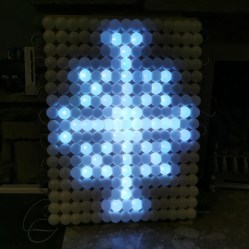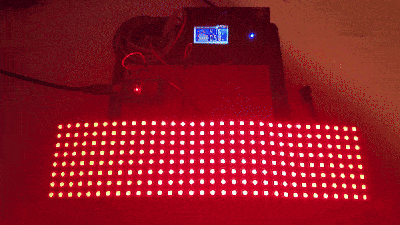If you’re looking to add a pop of glowing whimsy to your workspace, check out this vibrant jiggly desk toy by [thzinc], who couldn’t resist the allure of Adafruit’s NOODS LED strands. [thzinc]’s fascination with both glowing LEDs and levitating tensegrity designs led to an innovative attempt to defy gravity once again.
The construction’s genius is all about the balance of tension across the flexible LED strands, with three red ‘arms’ and a blue ‘hanger’ arm supporting the central hub. [thzinc]’s early designs faced print failures, but by cleverly reorienting print angles and refining channel designs, he achieved a modular, sturdy structure. Assembly involved careful soldering, tension adjustments, and even a bit of temporary tape magic to perfect the wobbling equilibrium.
But, the result is one to applaud. A delightful, wobbly desk toy with a kind of a Jell-O vibe that dances to your desk’s vibrations while glowing like a mini neon sign. We’ve covered tensegrity constructions in the past, so with a little digging through our archives you’ll be able to find some unique variations to build your own. Be sure to read [thzinc]’s build story before you start. Feel free to combine the best out there, and see what you can bring to the table!
Continue reading “The Jell-O Glow Tensegrity Toy You Didn’t Know You Needed”



















